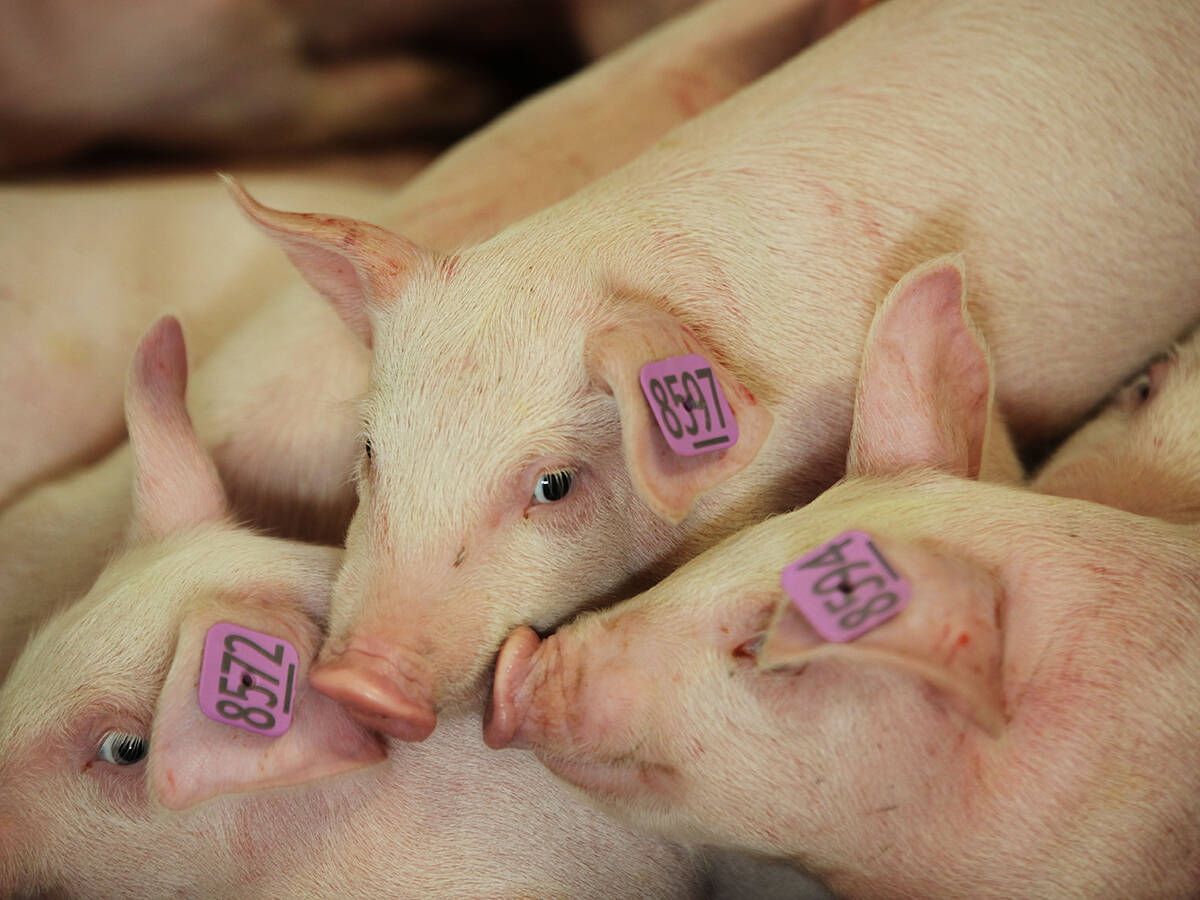A free trade agreement with the European Union is far from being a done deal for Canadian beef and pork producers.
Canadian food safety practices are yet to be approved and until that happens, there will be no exports under the Canada-European Union Comprehensive Economic and Trade Agreement.
Canadian meat plants use various treatments to remove bacteria and other pathogens from carcasses. That includes washes with citric acid and peroxyacetic acid, a product similar to vinegar.
“We produce a product that we think is actually at a higher level of food safety than what they are using in Europe, but because we use antimicrobials, which they have not approved over there, the product doesn’t qualify to go to Europe,” said Ron Davidson of the Canadian Meat Council.
Read Also

The Western Producer Livestock Report – October 16, 2025
Western Producer Livestock Report for October 16, 2025. See U.S. & Canadian hog prices, Canadian bison & lamb market data and sales insights.
The council is putting together submissions on the efficacy of these products but it lacks enough peer-reviewed, independent research to satisfy the Europeans.
Once that research is pulled together, there is still no guarantee that it would be accepted, said John Masswohl of the Canadian Cattlemen’s Association
The European Food Safety Authority has to evaluate the efficacy of these products.
“These are things that are approved for certain food uses in Europe but are not yet approved as an antimicrobial treatment in meat production. We need to get those approvals,” Masswohl said.
Once EFSA reviews the technical information, it recommends the approval of the products to the Standing Committee on Plants, Animals, Food and Feed (PAFF).
However, in the meantime, large federally inspected plants in Canada are not going to stop using these methods to fill a small European market.
“Everyone of these interventions gives you a higher level of assurance that there are no pathogens there. The complication is that we are not going to be exporting a whole carcass to Europe,” Davidson said.
If a carcass is treated to European standards, only a small portion of it may get exported. The other meat cuts might not be accepted in Japan or the United States.
On the pork side, there is also a dispute over applying health marks to pork destined for Europe. Canada has asked that the Canadian Food Inspection Agency health mark qualify as sufficient. This has been under discussion for months, Davidson said.
“I am hopeful that we can resolve the health mark labelling because there is not a reason you can’t resolve it. The antimicrobial one, I don’t have as much hope that we can be ready for a 2017 implementation.”
Another issue involves imported veal. Europeans are allowed to treat veal calves with 83 different medications including some Category One antimicrobials. This is not allowed in Canada and producers here feel they are at a disadvantage.
Health Canada has indicated they may approve some of these products, but will not allow Category One antimicrobials to be used in veal calf production.
The cattlemen’s association continues to push for a quicker resolution because it says CETA has a lot of potential for increased trade for both sides.
“We just want to make sure advocacy work is being done to make sure once these applications arrive at EFSA that they don’t just sit at the bottom of the pile. We want recognition that this is a high priority for these trade agreements moving forward,” said Masswohl.
Politics are always looming.
“If there is somebody who just doesn’t want our beef or pork coming into the European market (they may) play mischief at the political level. We are not at that stage yet,” he said.
CCA has been meeting with European meat industry counterparts and farmers’ associations to make them understand the two way benefits of this agreement. Europe has become a major net exporter of agriculture products with interest in doing business in Canada and the United States.


















